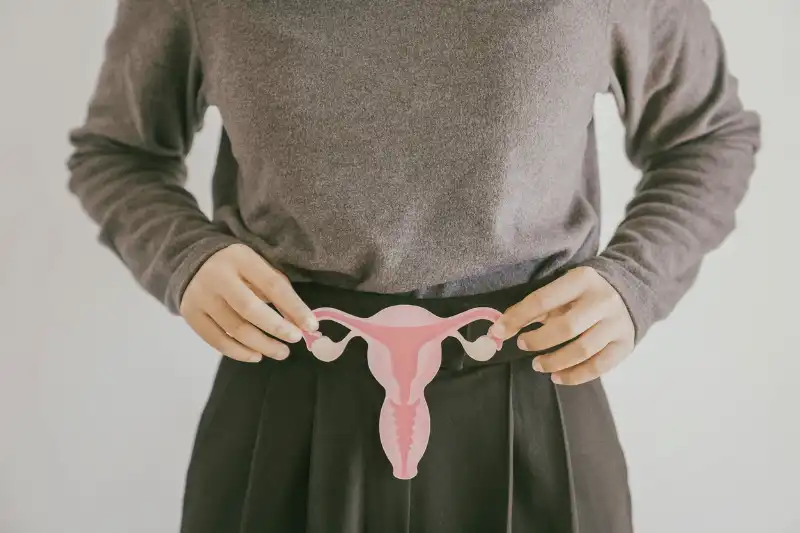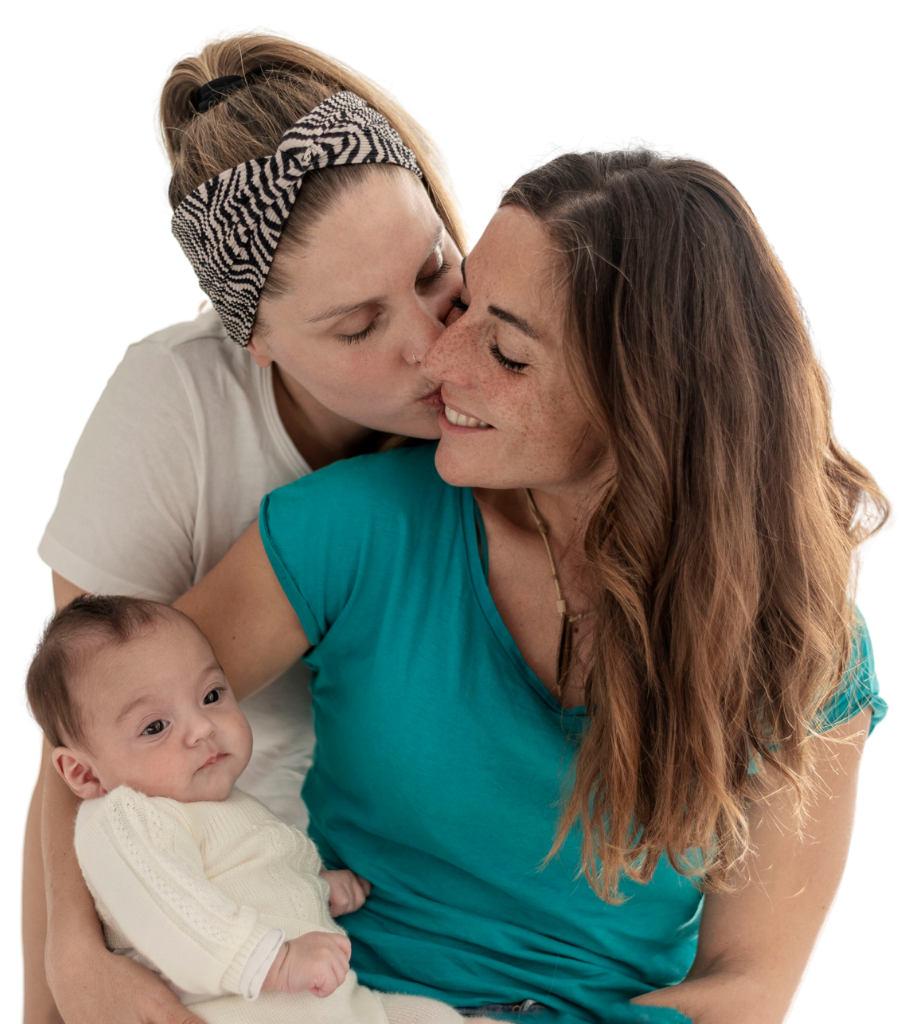What is Secondary Infertility?
Secondary infertility happens when you can’t get pregnant or carry a baby to term after you’ve been pregnant before and had a baby without any trouble. Secondary infertility shares many of the same causes of primary infertility and might be caused by:
- Problems with the sperm, such as not enough sperm or sperm not moving in the right way
- Fallopian tube damage that prevents an egg from traveling to the uterus or the sperm from meeting an egg
- Problems with the release of an egg from the ovary (ovulation)
- Scarring from endometriosis, where tissue similar to the tissue that lines the inside of the uterus grows outside of the uterus on other pelvic organs
- Conditions of the uterus, such as uterine fibroids or adenomyosis
- Complications related to a past pregnancy or surgery
- Risk factor changes for you or your partner, such as age, weight and use of certain medications
Secondary infertility can be surprising and stressful. If you’re having trouble coping, seek support from your partner, family or a friend. Seeing a fertility specialist early is important if you have risk factors for infertility. These include having few or no periods or endometriosis.
Although there are common approaches to the evaluation of infertility, each woman and her partner are unique in their specific situation and deserve individualized care. We believe that our patients are in partnership with us to seek the most thorough explanation of “why” successful pregnancy has not occurred and to formulate a plan that will have the greatest potential to help them in their quest for a child.
If you’re younger than 35 and you’ve been trying for a year to get pregnant, talk with a fertility specialist. Depending on the circumstances, both you and your partner should be looked at. If you’re 35 or older, see a fertility specialist after six months.






